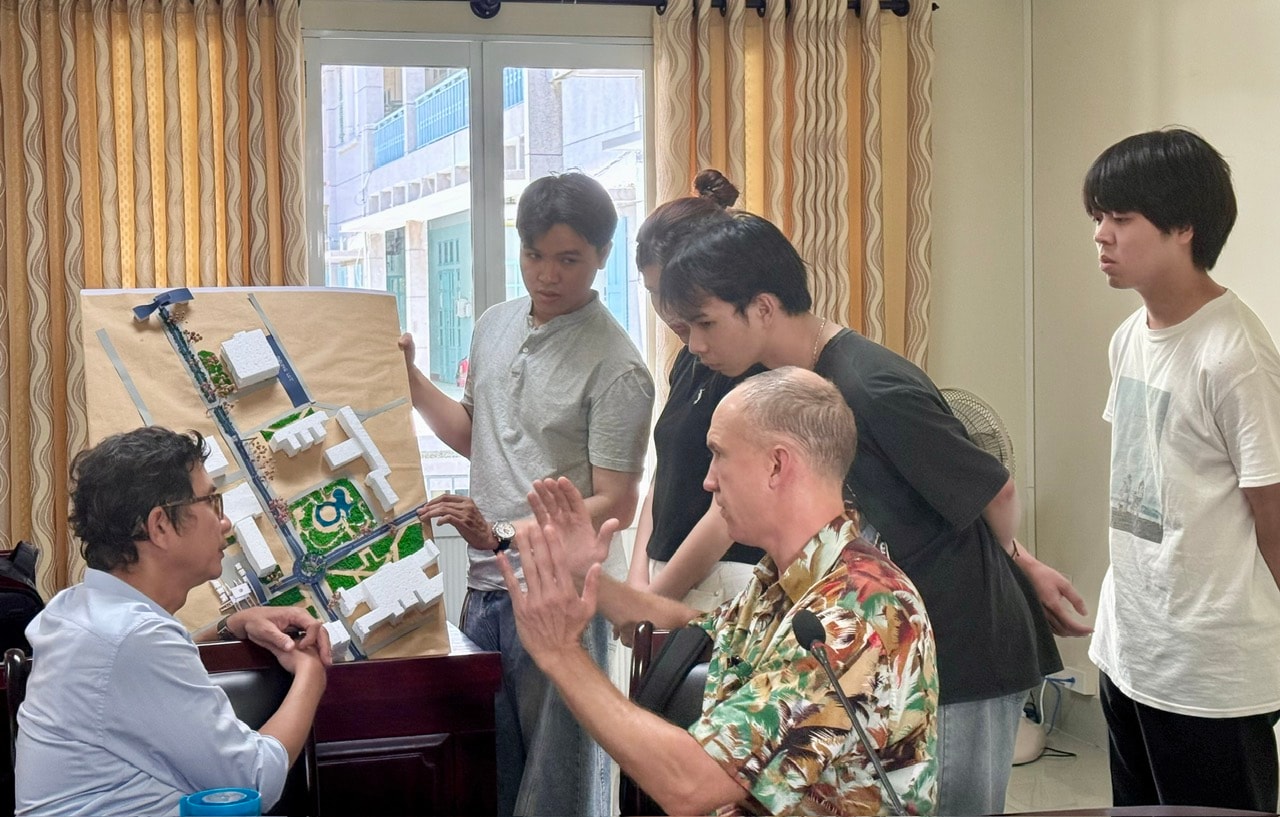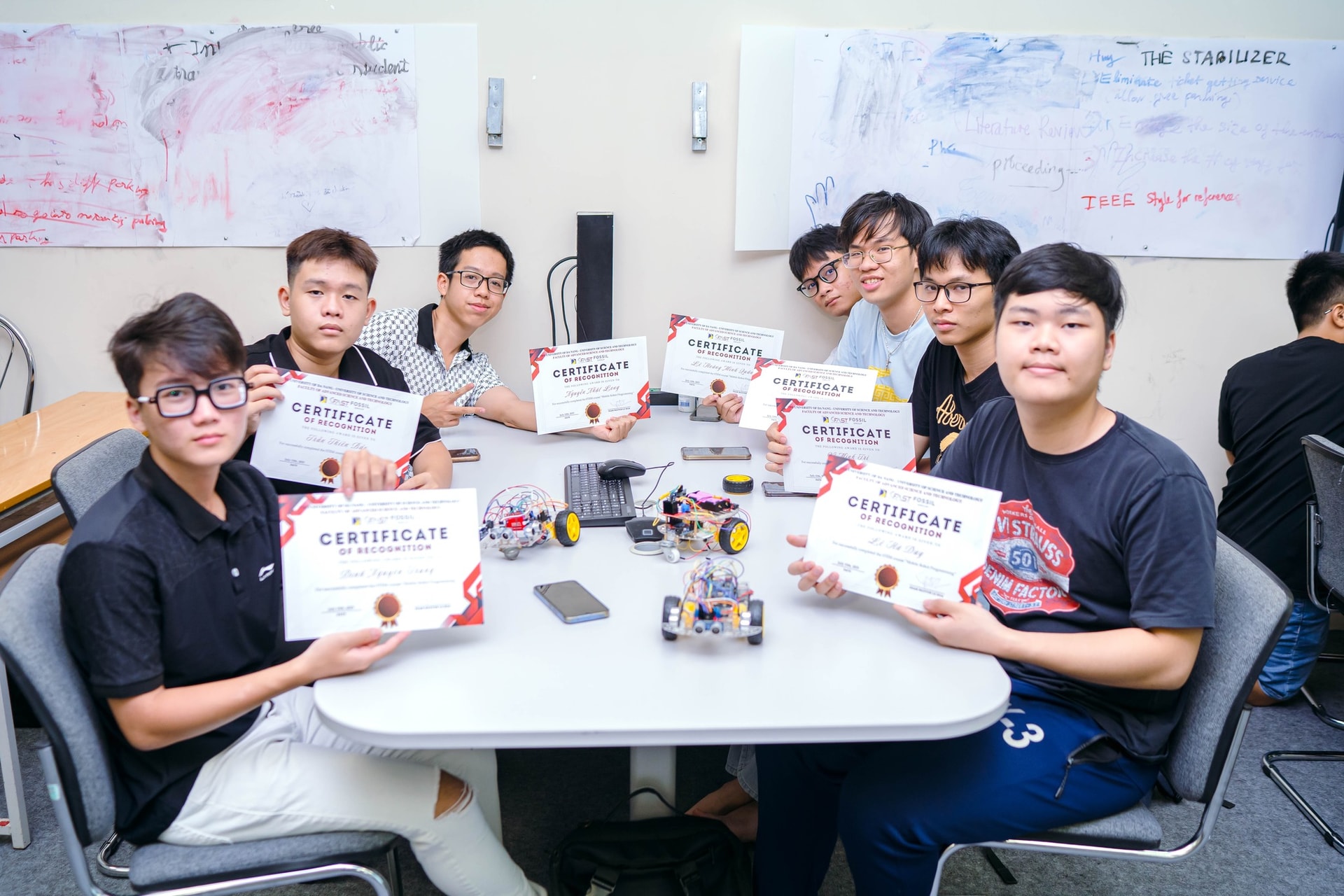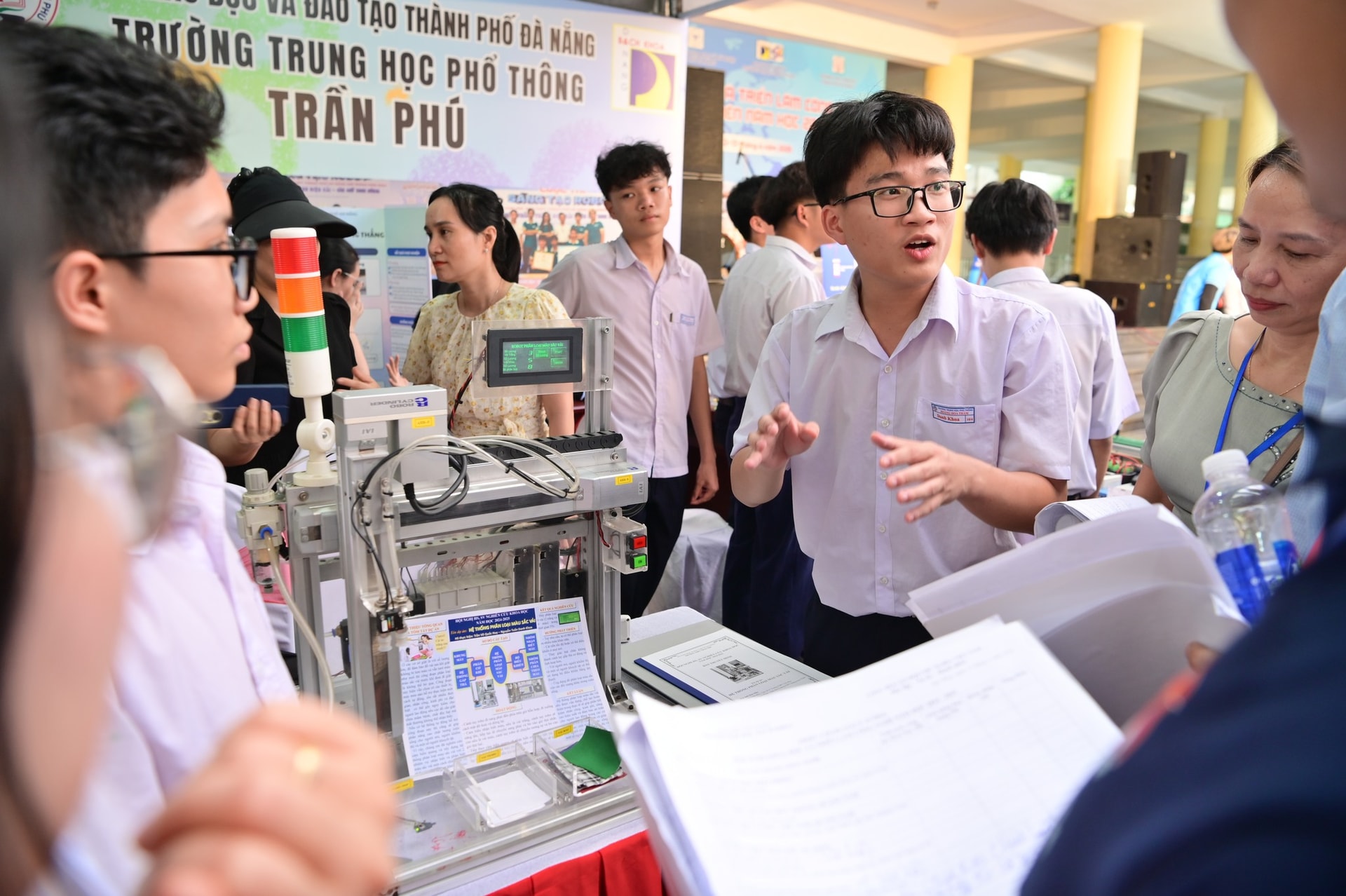
The needs of reality
Implementing Resolution No. 43-NQ/TW of the Politburo on building and developing Da Nang city to 2030, with a vision to 2045 and Resolution No. 136/2024/QH15 of the National Assembly on urban government organization and a number of specific mechanisms and policies for the development of Da Nang city, the city identifies high technology as the main driving force for economic growth.
At the same time, preferential policies such as tax exemption, land support, attracting domestic and foreign businesses and talents, encouraging investment in high-tech zones, etc. are issued. These policies create the driving force to make Da Nang an ideal destination for large technology corporations.
Especially when Software Park No. 2 is inaugurated in January 2025 and ICT1 Building is put into operation, marking the completion of the first phase of the project. This is a key project to promote the city's information technology industry and digital economy , attracting more than 6,000 workers in the fields of microchip design and artificial intelligence.
Last July, the Project of Laboratory for Advanced Packaging Technology Production (Fab-Lab) of VSAP-LAB Joint Stock Company was launched under the witness of the Minister of Science and Technology and city leaders.
Recently, FPT’s Research and Development (R&D) Center for semiconductor chips and high technology has become a place for internships and practical work for hundreds of students each year. The city is also supporting FPT Corporation to establish FPT Analysis Technologies Company to implement the project of Da Nang’s first semiconductor testing lab.
Previously, in 2024, the city established the Research and Training Center for Microchip Design and AI (DSAC), focusing on research and training of specialized human resources, creating a foundation for the sustainable development of the technology industry. Since 2024, 17 new enterprises operating in the field of semiconductor microchip design have been established in the city, bringing the total number to 25 enterprises since 2023.

Connecting resources
Director of DSAC Center Le Hoang Phuc said that over the past year, DSAC has organized training courses with 255 students, such as basic microchip design training course for lecturers; basic microchip design training course for lecturers and students; VLSI - Physical Design training course for lecturers and students... These short-term conversion training courses have contributed to meeting the urgent need for human resources to teach and work in the field of microchip design in the country and the region.
In 2025, with the support and consultation of Synopys Corporation, outstanding lecturers from many universities will participate in the lecturer training course at Sicada Academy, Synopsys's cooperation unit in Taiwan. The city is also cooperating with large corporations such as Nvidia and Qualcomm to implement innovation programs and develop human resources in the fields of microchips, semiconductors and artificial intelligence.
Grasping the trend of the times, Duy Tan University has enrolled the second course of cyber security training. This is a program of the Blue Rock Cyber Security Talent Incubator project. The first course of the project has 37 students in their 2nd-4th years studying Network Engineering and Cyber Security at the School of International Training and the School of Computer Science at Duy Tan University.
Students are trained by leading experts from Fore Company and Duy Tan University. Fore Company experts directly teach to help students improve their knowledge and practice skills related to Security. Each student is given 2 accounts to participate in learning and practicing on online platforms for hackers... During the internship phase, students participate in real projects to have the opportunity to accumulate "real-life" experience related to Bug Bounty, vulnerability diagnosis...
Prioritize investment in STEM education
On May 24, 2025, the Prime Minister issued Decision No. 1002/QD-TTg approving the Project on training human resources to serve high-tech development in the 2025-2035 period, with a vision to 2045.

Accordingly, the project aims that by 2030, the proportion of students studying STEM (an abbreviation in English for the fields: Science; Technology; Engineering; Mathematics) will reach 35% at each training level, of which at least 18% will be in fields related to digital technology and 2.5% in basic sciences.
The number of graduates in the field of information and communication technology is estimated at 80,000 people/year; in the field of artificial intelligence is 8,000 people/year, with a high rate of being awarded engineering, master's or doctoral degrees... To realize this goal, a series of solutions have been proposed, in which the first solution requires increasing investment policies for STEM education and recently a financial support program for students in STEM fields.
The University of Technology (University of Danang) aims to cooperate with domestic and foreign enterprises and experts to organize at least 10 short-term training courses (from 3-6 months) by 2030, providing 500 - 1,000 specialized human resources in the field of semiconductor chip design.
Focus on training in key industries, high technology, source technology and services with great human resource demand, in line with the globalization trend, focusing on logistics and supply chain services; high-tech industry associated with building creative urban areas and startups; information and communication technology approaching the trend of the 4.0 Industrial Revolution, semiconductor industry, renewable energy, new material technology, mechanical engineering, biotechnology, sustainable development and adaptation to climate change.
In addition, the school supports high schools to improve the effectiveness of teaching and learning activities, helping students to have early access to the university environment. These activities contribute to the formation and development of initial thinking about technology, stimulate creativity and the ability to adapt quickly when approaching specialized fields, and at the same time provide career orientation for high school students.
Associate Professor, Dr. Nguyen Huu Hieu, Principal of Danang University of Technology, said that to develop STEM education, linking training between university and high school levels is one of the important solutions to raise awareness and capacity of STEM education in high schools. This will help meet the demand for highly qualified labor in the field of science and technology, serving the development of the country in the period of global technology boom.
The University of Technology has connected with 10 high schools in Da Nang, Quang Nam (old), Quang Ngai to build capacity for teachers in implementing STEM learning activities. 25 teachers are provided with continuous training and mentoring programs with support and orientation of lectures from lecturers to be able to apply STEM methods in the classroom. From here, teachers act as guides to plan, guide their students on STEM education concepts and methods...
Source: https://baodanang.vn/nen-tang-cho-tru-cot-kinh-te-tuong-lai-3303423.html







![[Photo] Da Nang: Hundreds of people join hands to clean up a vital tourist route after storm No. 13](https://vphoto.vietnam.vn/thumb/1200x675/vietnam/resource/IMAGE/2025/11/07/1762491638903_image-3-1353-jpg.webp)










































































































Comment (0)